Adresse
304, rue Cardinal Nord
Centre Dorchester, MA 02124
Heures de travail
Du lundi au vendredi : 7h - 19h
Week-end : 10h - 17h
Groupe d'équipement médical expert du Shandong
Expert Medical Equipment Group, en tant que l'un des fabricants et exportateurs d'équipements médicaux les plus professionnels en Chine, insiste pour fournir des produits de qualité supérieure, de sécurité et fiables ainsi que les meilleurs services après-vente sur le marché mondial.
Hydraulique électrique, capacité de charge de 350 kg, peut être équipé d'un panneau de lit en fibre de carbone selon les exigences des clients.
Température de couleur, sans ombre, indice de rendu des couleurs élevé, adapté à la chirurgie générale, à la chirurgie cardiothoracique et à la neurochirurgie.
Unité de soins intensifs à cinq fonctions, pesée du lit entier en option, réanimation cardio-pulmonaire à une touche, revêtement antibactérien.
Gestion centralisée du gaz et de l'électricité, rotation à 360°, capacité de charge de 120 kg+, cœur du poste de travail du bloc opératoire.
28 ingénieurs seniors | Conception complète de la structure/optique/contrôle électrique. 22 inspections avant que chaque appareil ne quitte l'usine | Taux de réparation < 1%.
Centre de découpe laser | Ligne de pulvérisation automatique | Salle d'assemblage sans poussière de 10 000 niveaux. Capacité de production annuelle de 50 000 éclairages chirurgicaux et de 30 000 tables d'opération.
Intervention 24h/24 | Pièces disponibles sous 72h | Assistance technique à vie. Plusieurs entrepôts à l'étranger pour une livraison à proximité.
Basés à Jining, le plus grand centre d'équipements chirurgicaux au monde, nous expédions chaque année plus de 100 000 ensembles de tables d'opération, de lampes chirurgicales et de lits de soins intensifs dans plus de 70 pays.

NOUS AIMONS CE QUE NOUS FAISONS
Il vaut mieux être un bon spécialiste d'un métier qu'un simple spécialiste de plusieurs secteurs.
Notre équipe de conception et de fabrication d'équipements médicaux est bien consciente des besoins des patients et des médecins. Par conséquent, nous sommes convaincus que nous sommes des experts dans l'industrie des équipements médicaux.
Nous sommes l'un des principaux fabricants d'équipements médicaux de haute technologie et les produits sont largement distribués dans les hôpitaux et les cliniques du monde entier et soutenus par un vaste réseau de distributeurs.
Toutes les étapes de production de nos produits sont strictement contrôlées et chaque étape est soumise à un contrôle qualité et à des tests précis et professionnels. Tous les produits ont des performances presque parfaites dans la pratique médicale.
En plus des équipements d'opération chirurgicale de base et des instruments hospitaliers, nous produisons et fournissons également des équipements de diagnostic médical, des dispositifs de traitement et de récupération numériques et d'autres séries de produits, des centaines de variétés et de spécifications pour répondre à diverses exigences. arrêter le fournisseur de solutions d'équipement médical.
En tant que fabricant professionnel d'équipement médical à guichet unique, EXPERT MEDICAL possède une chaîne d'approvisionnement intégrée pour fournir une gamme complète de services d'équipement médical pour les salles d'opération, les zones de soins intensifs et les établissements de soins primaires, etc., avec une technologie de production moderne et des contrôles de coûts stricts, nous fournissons les produits les plus rentables à tous nos clients.

Des lampes chirurgicales, des tables d'opération, des tours médicales montées au plafond, des lits de soins intensifs, des chariots, des civières et des équipements de rééducation : plus de 200 spécifications disponibles en une seule fois, éliminant ainsi la nécessité pour les hôpitaux de s'approvisionner auprès de plusieurs fournisseurs.
Plus de 30 brevets techniques, avec 3 à 5 nouveaux produits lancés chaque année ; collaboration avec des hôpitaux de premier plan pour des tests cliniques afin de garantir que chaque mise à niveau répond à de véritables problèmes.
Assistance technique à distance 24h/24 et 7j/7 ; plusieurs entrepôts de pièces de rechange à l'étranger, avec des pièces livrées sur site dans les 96 heures ; utilisé par les hôpitaux de plus de 70 pays, avec un taux de rachat de 78%.
Nous comprenons l'intention initiale et les raisons pour lesquelles les clients personnalisent l'équipement médical, afin que nous puissions fournir l'équipement le plus approprié. Nous avons une équipe de R & D professionnelle pour concevoir et répondre aux demandes de différents clients concernant l'équipement médical personnalisé et fournir des produits avec des spécifications différentes selon différentes demandes pour assurer une efficacité de travail plus élevée. Faites-nous maintenant part de vos demandes de personnalisation pour vous fournir le plus matériel et produits professionnels.
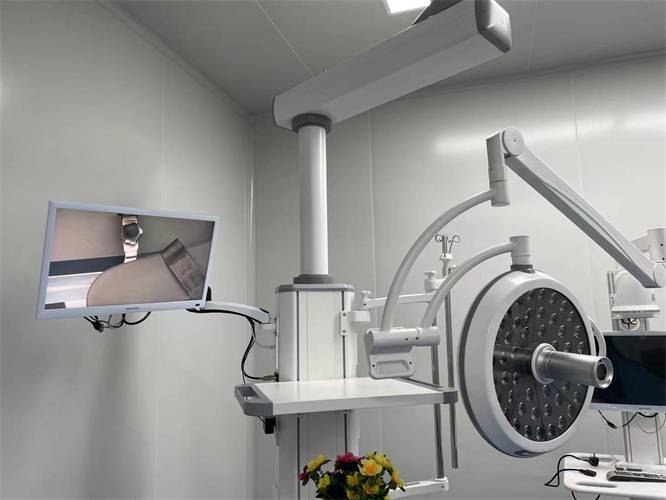
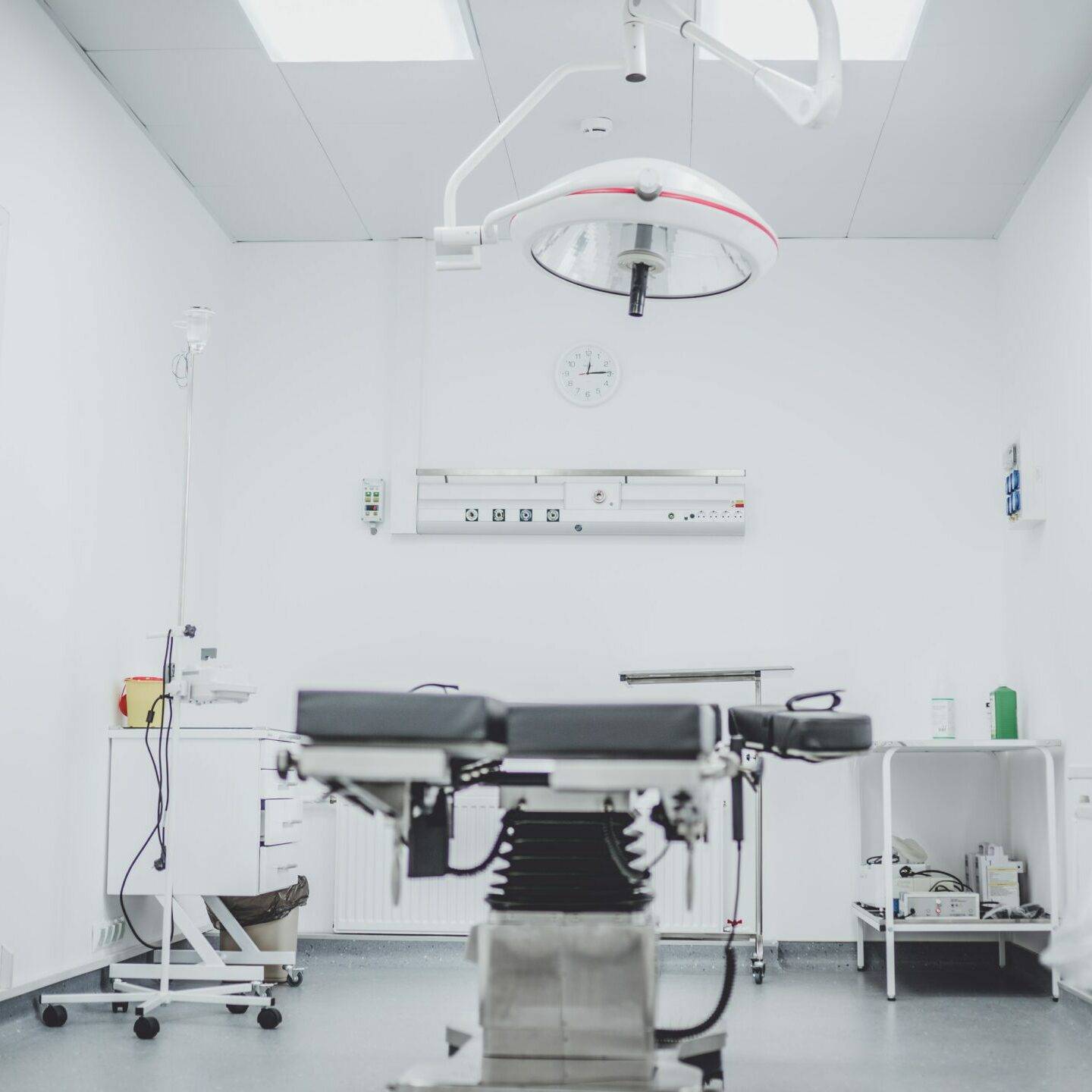
EXPERT MEDICAL s'engage à établir un système qualité rassurant tout au long du processus de fabrication des équipements médicaux. Pour cette valeur fondamentale, nous sommes responsables à la fois de nos clients et de l'ensemble de l'industrie.
Discover tips to select the best dental surgical light for...
Lire la suiteDiscover how a medical pendant system improves safety, workflow, and...
Lire la suiteFind trusted pediatric hospital bed manufacturers. Compare quality, certifications, and...
Lire la suiteLearn how to choose the best hospital care cart for...
Lire la suite
La série de tables d'opération Expert Medical répond pleinement aux exigences de la chirurgie générale, du cœur, de la tête, du cou, de la cavité thoracique et d'autres opérations chirurgicales.

Les séries de lampes opératoires Expert Medical sont impliquées dans divers domaines d'éclairage chirurgical et système d'éclairage auxiliaire.
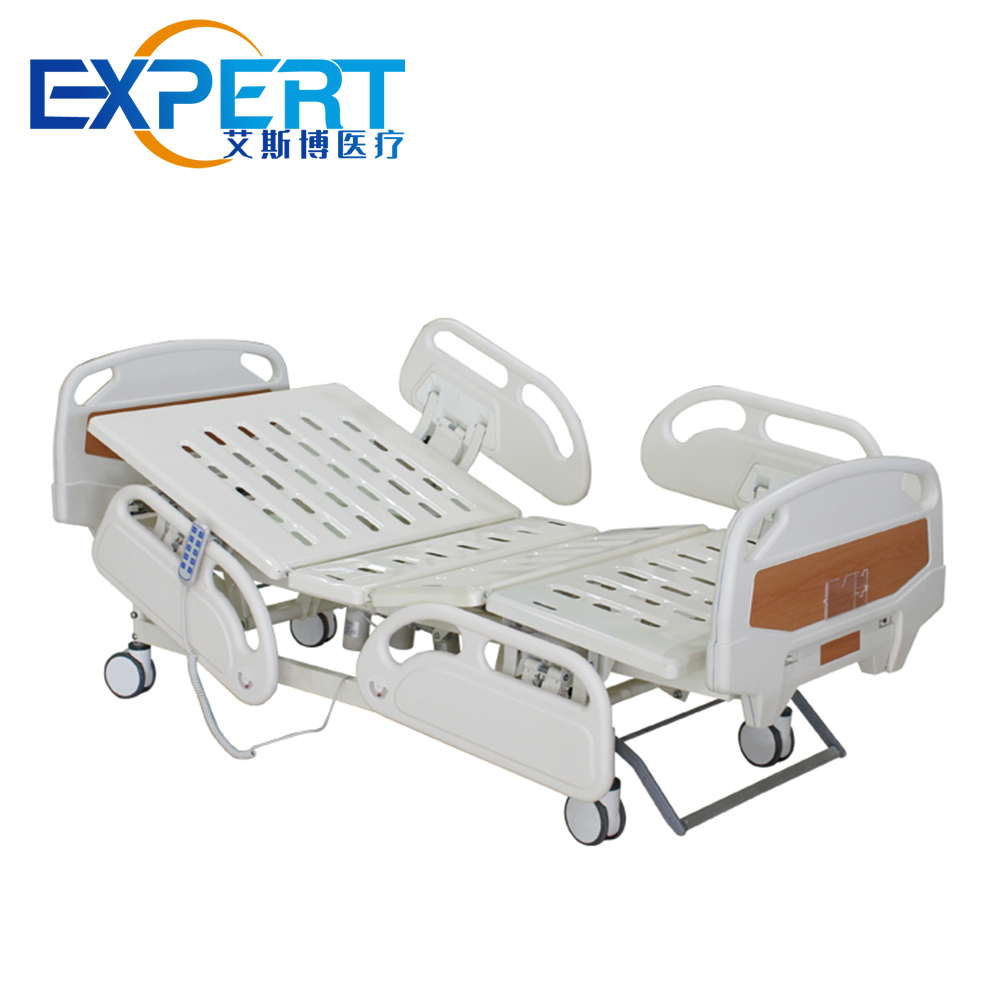
Les experts médicaux fournissent différents types de lits d'hôpital ICU&Nursing qui sont vraiment beaux et durables à utiliser.
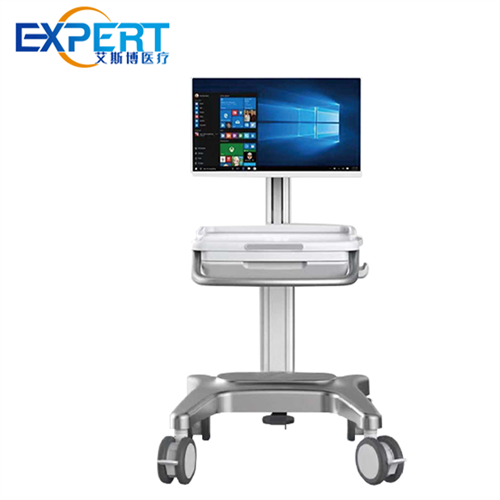
Qu'il s'agisse de soins médicaux ou de chirurgie au quotidien, les chariots chirurgicaux Expert Medical peuvent vous aider à travailler plus efficacement.
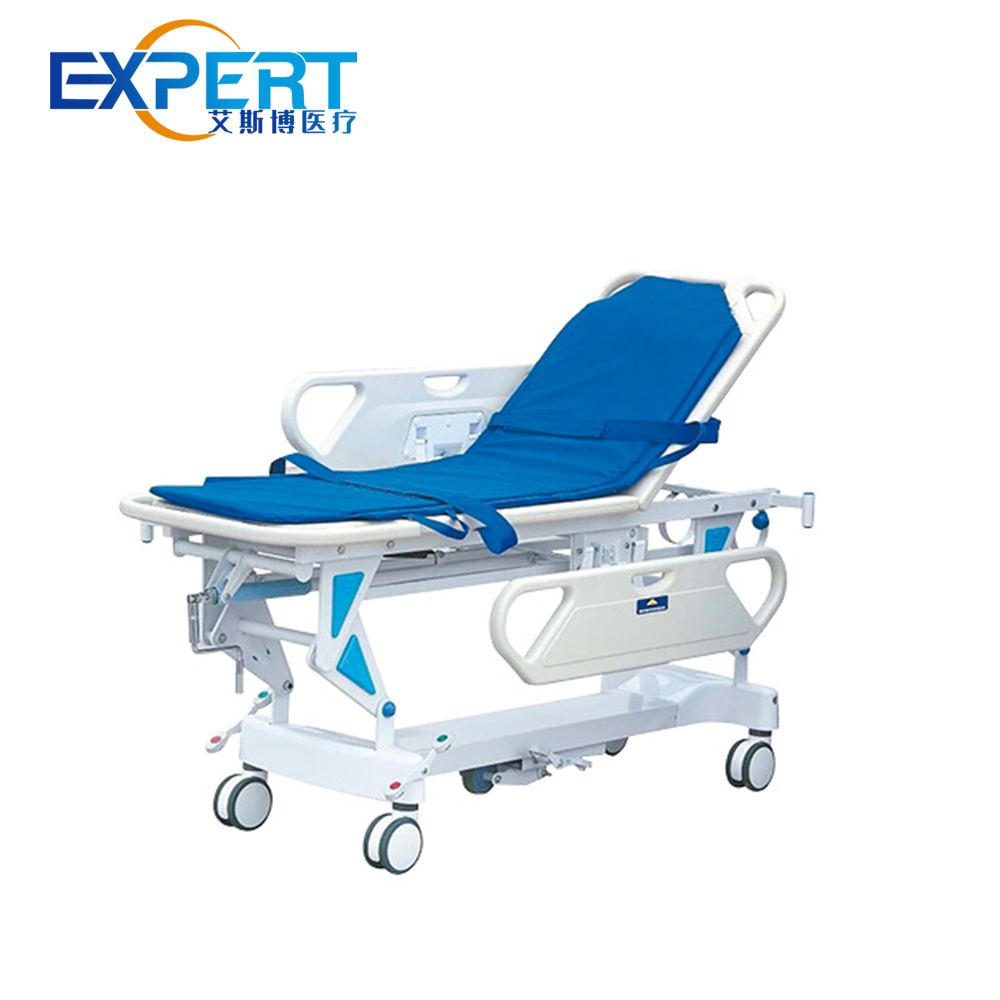
Avec une variété de structures et de fonctions, les civières Expert offrent un soutien de la force lors du sauvetage d'urgence et du transport de patients.
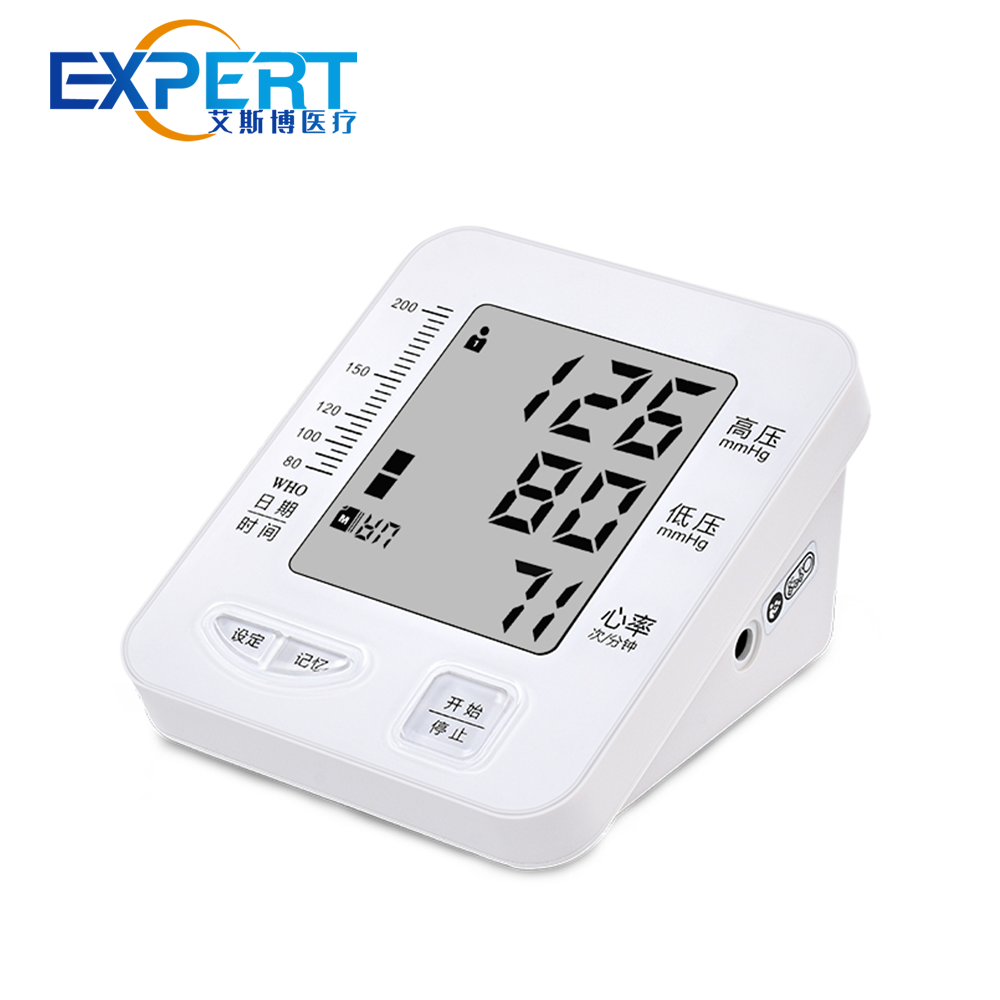
Les autres dispositifs médicaux d'Expert Medical fonctionnent ensemble pour aider à construire un système médical complet.
Nous nous engageons à fournir un modèle de vente à guichet unique au client ; Nous accordons une attention plus importante à la satisfaction de nos clients.
